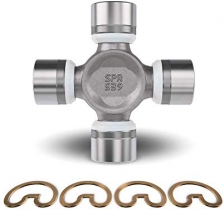-
Welcome to Tacoma World!
You are currently viewing as a guest! To get full-access, you need to register for a FREE account.
As a registered member, you’ll be able to:- Participate in all Tacoma discussion topics
- Communicate privately with other Tacoma owners from around the world
- Post your own photos in our Members Gallery
- Access all special features of the site
ARB twin compressor in cab install?
Discussion in '1st Gen. Tacomas (1995-2004)' started by ToyotaDriver, Feb 26, 2020.
Page 2 of 2
Page 2 of 2


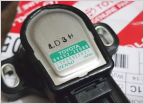 Tps 4 pin connector conversion to 3 pin Tps and new Throttle body (ADAPTER TPS)
Tps 4 pin connector conversion to 3 pin Tps and new Throttle body (ADAPTER TPS) 3.4 thermostat
3.4 thermostat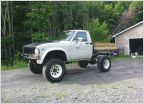 Looking for Rims
Looking for Rims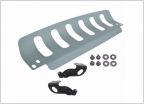 WTB OEM skid plate for 04 Tacoma
WTB OEM skid plate for 04 Tacoma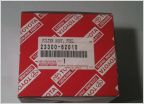 Fuel Filter Pricing
Fuel Filter Pricing




















